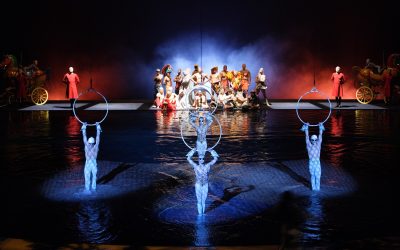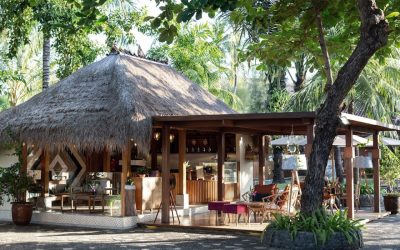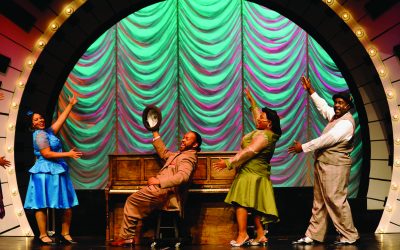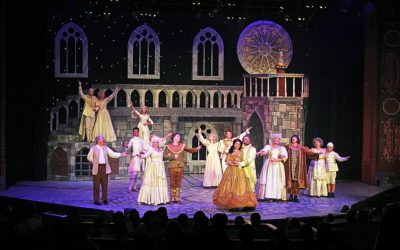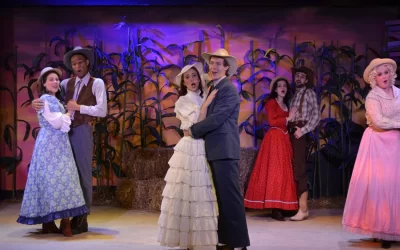Discover Broadway’s bright beginnings as we celebrate the rising stars making their debut on the iconic stage. Explore their journeys and the shows bringing fresh talent to life
Featured in Entertainment
Radio City Rockettes
The Christmas Spectacular Starring the Radio City Rockettes® is a NYC holiday staple since 1933. Witness the Rockettes’ precision dance, blending timeless classics with fresh scenes at the iconic Radio City Music Hall. Ideal for group outings, it’s a festive must-see that promises lasting memories. Book now for an unparalleled holiday experience.
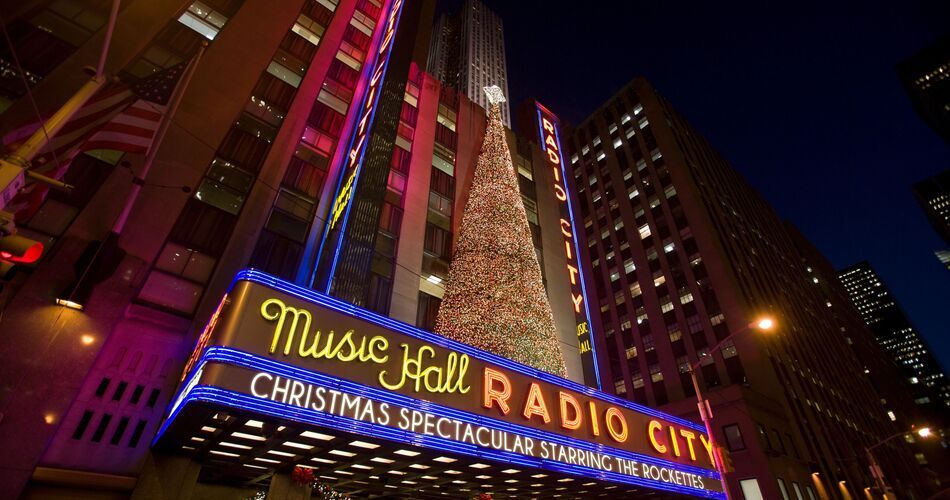
Entertainment Ideas for Group Travelers
Explore top entertainment options tailored for group travel. From iconic performances to unique experiences, this collection offers planners a diverse selection for enriching their group itineraries. Find the best fits for your travelers and help them make lasting memories.
3 Immersive, Must-See Experiences When Visiting Las Vegas with Friends
Las Vegas is a city that knows how to wow and Meow Wolf’s Omega Mart, the Arte Museum, and Cirque du Soleil’s O raise the bar on that wow factor. Whether you’re uncovering mysteries in a surreal art installation, finding tranquility in a world of digital beauty, or marveling at the grace and power of aquatic acrobatics, these attractions promise memories that will outshine even the brightest lights on the Strip.
Top Cafes in Nusa Dua Worth Visiting: Must-Visit Spots for Coffee Lovers in Bali
Discover the best cafes in Nusa Dua, a paradise for coffee lovers. From modern, buzzing spaces to quiet spots, explore Bali’s most stylish coffee spots.
Broadway Shows Tailored for Group Experiences
Creating Memories on Broadway with Great Shows and Performances Any theatre aficionado will tell you that few experiences are as satisfying as seeing a Broadway show. An evening spent on Broadway will transport you into a different world, if only for a few hours....
Best Broadway Musicals for Groups
A Music Lover's Guide to Broadway Musicals for Travel Groups Broadway shows have a unique way of enthralling audiences through their powerful music and storytelling. But Broadway is not limited to the classic show tunes we’ve come to associate with it. Today’s...
Riverside Center for the Performing Arts
Riverside Center Dinner Theater and Conference Facility in Stafford County, Virginia, opened in 1998 with the theater’s inaugural performance of Oklahoma! Since then, Riverside Center’s illustrious stage has been the site for more than 100 mainstage musical and...
Circa ’21 Dinner Playhouse
Take one step into the Circa ‘21 Dinner Playhouse and feel the overwhelming charm of what once was the bustling historic Fort Armstrong Theatre, first opened in 1921. Today, the classic building sits on the same corner in Rock Island, Illinois and offers a high-end...
Cornwell Dinner Theatre for Groups
As the resident turkeys stretch their wings for the new season at Cornwell’s Dinner Theatre at Turkeyville USA, things are heating up on the stage as well. The 2024 season brings a fantastic new lineup of shows and talent from across the country to Cornwell’s...
Disney on Broadway
The Magic of Disney on Broadway Experience the magic of Disney on Broadway with THE LION KING and ALADDIN in New York City. Disney Theatrical Sales serves as your direct source to secure group tickets and unlock additional perks with your purchase. Such as no booking...


